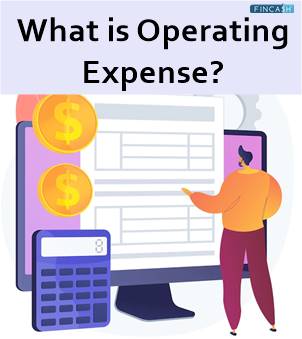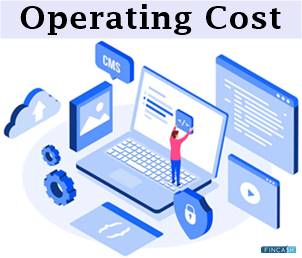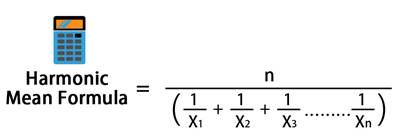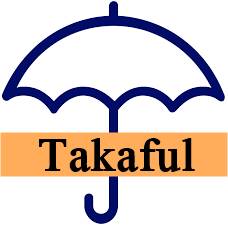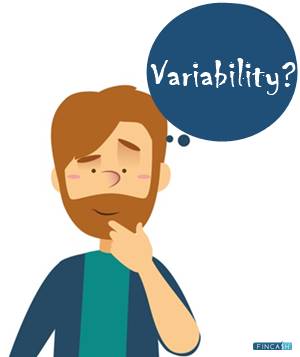
Table of Contents
Operational Target Meaning
The operational goal of monetary policy is to influence an economic variable and can significantly impact daily through the employment of its tools. In simple words, it is the variable that directs the implementation officials at the central Bank on what they should accomplish daily. It is stated why the natural operational aim of monetary policy in typical circumstances is short-term interest rates. The last section covers the history of this idea's development in the 20th century, the doctrine of reserve positions and the notion of monetary base control.

The objectives of central banks are tied to a country's overall economic success, and they cannot directly influence variables like consumer prices or Gross Domestic Production (GDP). So, they pick intermediate targets to keep an eye on. These goals are monetary policy-sensitive economic variables that are either causally related to or at least correlated with a country's overall Financial Performance. The objectives a central bank decides to prioritise are known as its operating targets.
Targets of Monetary Policy in India
The operating target under the monetary policy is the variable that the Reserve Bank should continuously follow (keep observation of) to formulate its monetary policy. The operational aim is the Call money rate, which is not the main Factor that can be affected, similar to Inflation. The RBI established the call money rate as the operating aim in May 2011. Accordingly, The RBI is supposed to monitor call rate movement while developing a monetary policy intervention. For instance, the central bank determines that there is a liquidity shortage in the system if the call rate rises above the RBI's comfort level, which is, let's say, 10%. The RBI may lower the Cash Reserve Ratio (CRR) or enable additional money transfers to commercial banks through the Liquidity Adjustment Facility (LAF) repo window to provide adequate liquidity.
Talk to our investment specialist
Operating Target of Monetary Policy in India
Bank reserves, influenced by adjustments to reserve requirements primarily through the CRR, remain the operational aim of monetary policy. The RBI is making an effort to place less emphasis on the CRR's usage as a tool for monetary regulation.
Intermediate Target of Monetary Policy
The economic and financial variables known as intermediate goals are those that central bankers attempt to affect through monetary policy tools but are not in and of themselves the end purpose or target of a policy. In other words, they stand between the monetary policy's immediate consequences and the desired economic results for the policymaker. Generally, intermediate targets predictably concern a central bank's stated economic goals, such as full employment or stable prices, and alter fast to meet new policy actions. These goals frequently involve rising interest rates or the money supply.
Conclusion
A central bank selects an operating target to determine how much money to inject into the banking system to accomplish and sustain its policy objectives. If it is too little, the Economy may suffer from debt deflation, but if it is too much, an overheated economy could happen. The driver and the central bank both have issues. Factors like inflation or GDP growth cannot be directly controlled or easily observed in Real Time. Instead, it selects a measurable economic variable or operating objective closely related to the ultimate measures of financial performance that it wishes to affect, that it can directly influence with its policies and that it can observe.
All efforts have been made to ensure the information provided here is accurate. However, no guarantees are made regarding correctness of data. Please verify with scheme information document before making any investment.
